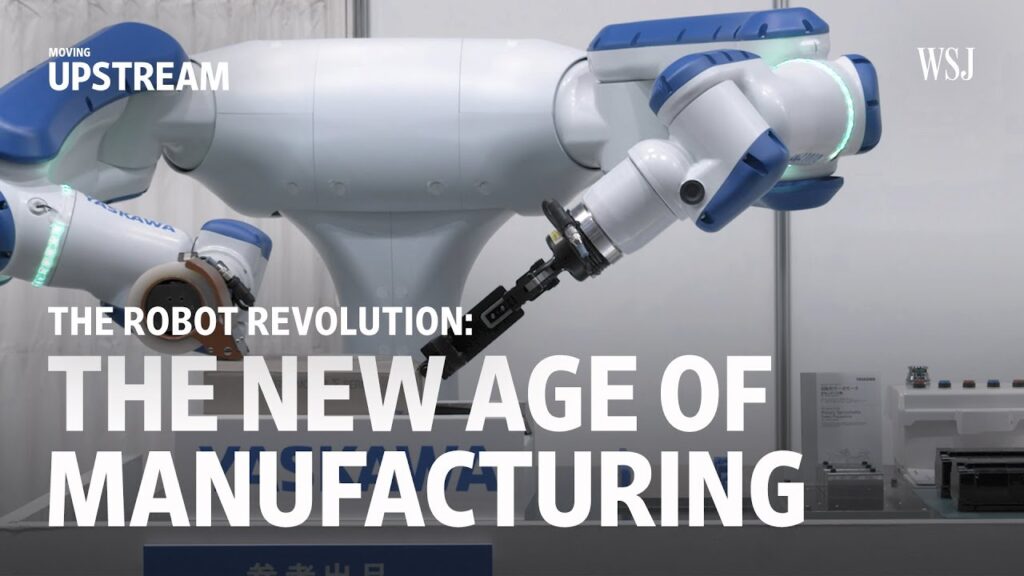The Industrial Robot Manufacturers are revolutionizing the manufacturing industry, with the potential to impact hundreds of millions of jobs and create trillions of dollars of wealth. This wave of automation is set to change the way we work and live, and its implications are far-reaching. In this article, we will explore the potential impacts of the rise of industrial robots and how they are reshaping the future of manufacturing.
With the advent of advanced technology, robots are becoming more sophisticated and capable of performing a wide range of tasks previously done by humans. From assembling cars to packaging products, industrial robots are transforming the production process. According to a video titled "The Robot Revolution: The New Age of Manufacturing | Moving Upstream," the use of robots in manufacturing has increased significantly over the years, and this trend is expected to continue.
One of the most significant impacts of industrial robots is the potential displacement of human workers. As robots become more efficient and cost-effective, companies are increasingly turning to automation to improve productivity and reduce labor costs. While the use of robots may lead to increased efficiency and output, it also raises concerns about job losses. According to the video, millions of jobs could be affected by the rise of industrial robots.
However, it is important to note that the rise of industrial robots does not necessarily mean mass unemployment. As jobs are replaced by robots, new roles and opportunities are also being created. The video highlights that while certain jobs may become obsolete, new ones will emerge in areas such as robot maintenance, programming, and design. Therefore, it is crucial for workers to acquire the necessary skills to adapt to this changing landscape.
Another potential impact of the rise of industrial robots is the creation of trillions of dollars of wealth. As robots take over repetitive and mundane tasks, productivity is expected to soar. Companies will be able to produce more goods at a faster rate, leading to increased revenue and profit. Moreover, the cost savings resulting from automation can be invested in research and development, further driving innovation and economic growth.
However, the widespread adoption of industrial robots is not without challenges. One of the major concerns is the potential for job polarization, where high-skilled workers benefit from automation while low-skilled workers face increased unemployment. This can exacerbate income inequality and social divisions. To address this issue, there is a need for policies and initiatives that promote skill development and retraining to ensure that workers are not left behind in the era of automation.
Furthermore, the implementation of industrial robots requires significant upfront investment. Companies need to purchase the robots, install them, and train their employees to work alongside them. This can pose financial challenges, especially for small and medium-sized enterprises. Additionally, there may be resistance from workers who fear being replaced by robots. Companies must therefore take a proactive approach in addressing these concerns and involving their employees in the adoption process.
In conclusion, the rise of industrial robots is set to have profound impacts on the manufacturing industry. While it may lead to job displacement in certain areas, it also presents new opportunities and the potential for increased productivity and economic growth. By understanding the potential implications and actively addressing challenges, industrial robot manufacturers can pave the way for a successful transition into the new age of manufacturing.
References:
- "The Robot Revolution: The New Age of Manufacturing | Moving Upstream" (YouTube video)
- Industrial Robot Manufacturers
Industrial Robot
"Embracing the Robotics Revolution: Pioneering the Future of Manufacturing"


